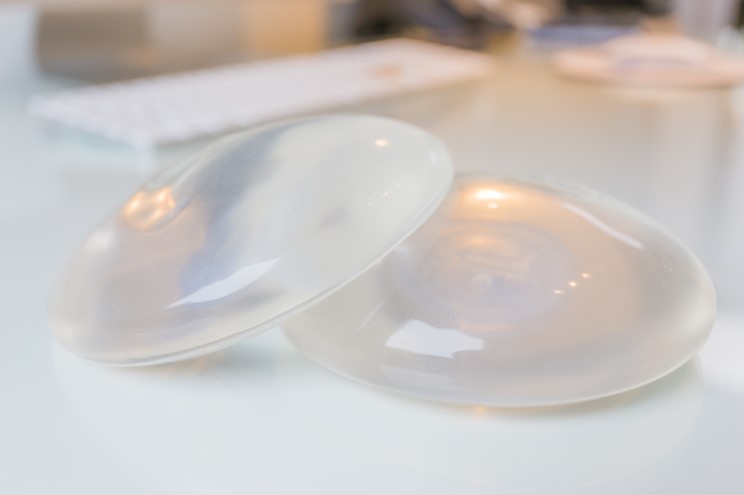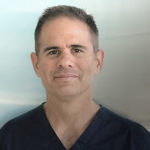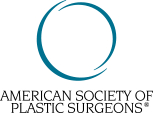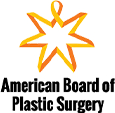
Posted by Laurence Weider on February 10, 2020
Breast Implant Illness (BII) is a term frequently discussed among women with breast implants and their surgeons. While not a medically recognized diagnosis with established cause-and-effect relationships, BII encompasses a range of symptoms reported by some individuals. Although no definitive medical studies confirm a direct link between breast implants and these symptoms, some patients report significant improvement after implant removal, particularly with procedures like capsulectomy or En Bloc Capsulectomy.
Symptoms Associated with Breast Implant Illness
BII includes a broad spectrum of symptoms experienced by women with breast implants. These symptoms, which often have no identifiable medical cause despite extensive testing, include:
- Fatigue
- Brain fog
- Memory loss
- Hair loss
- Dry skin
- Joint pain
- Irritable bowel syndrome
- Swollen glands
- Autoimmune diseases
- Anxiety and depression
Understanding the Implant Capsule and Surgical Options
Implant Capsule
The implant capsule is the scar tissue that naturally forms around a breast implant. It can vary in texture, from thin and wispy to thick and fibrous. While most women develop a capsule, a small percentage experience capsular contracture, a condition where the capsule thickens and contracts around the implant, causing firmness, discomfort, and immobility. Capsular contracture is not a universal feature in women reporting symptoms of BII.
En Bloc Capsulectomy and En Masse Capsulectomy
An En Bloc Capsulectomy involves removing the implant and its surrounding capsule as a single unit. This technique is particularly beneficial when silicone implants have leaked, as it minimizes the risk of gel spillage into surrounding tissues. The procedure often necessitates a longer incision, especially for implants placed beneath the muscle (submuscular), which can result in increased recovery time and potential complications.
The term En Masse Capsulectomy is preferred by some practitioners. It similarly involves the removal of the implant and capsule together but reflects surgical precision when addressing situations like silicone leakage.
Total Capsulectomy
In a Total Capsulectomy, the entire implant capsule is removed as are the implants. However, the implant is not necessarily removed within the capsule. This approach may result in shorter scars and may be more suitable for certain cases, such as with saline implants. The choice between techniques depends on individual circumstances and is discussed thoroughly during consultation.
Treatment Approach for BII
For patients experiencing symptoms consistent with BII, a tailored surgical plan is developed to address their concerns. Treatment options often include:
- En Bloc Capsulectomy (when appropriate)
- Pathological evaluation of the capsule tissue, if indicated
- Testing for BIA-ALCL (Breast Implant-Associated Anaplastic Large Cell Lymphoma), if applicable
- Muscle repair, if required
- Option to return the removed implants to the patient
- Breast lift for improved cosmetic results, if desired
Considerations and Limitations
It is important to note that while many patients report symptom improvement following implant removal, no guarantees can be made regarding the effectiveness of surgery in alleviating BII symptoms. Each case is unique, and potential benefits and risks are thoroughly discussed during consultation to ensure an informed decision-making process.
Next Steps
Patients seeking to address symptoms associated with BII are encouraged to consult with a qualified surgeon. For personalized evaluation and a comprehensive care plan, individuals may contact Weider Plastic Surgery at (972) 566-8444 to schedule a consultation.
This balanced approach ensures that patient concerns are addressed with care and professionalism while offering potential solutions to improve overall well-being.
Dr. Weider, a native of Southern California, is a Board-Certified Plastic Surgeon who has maintained a private practice in Dallas, TX since 1999. After attending Stanford University, he obtained his medical degree (M.D.) from Baylor College of Medicine in Houston. He then completed a one year surgical internship in Los Angeles at Harbor-UCLA Medical Center, followed by a four year general surgery residency in Dallas at Methodist Medical Center, and a two year plastic surgery fellowship in Cleveland at Case Western Reserve University.







